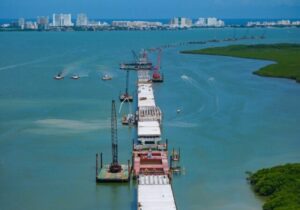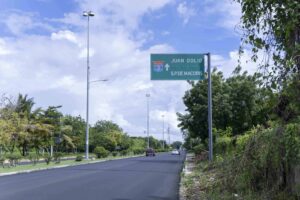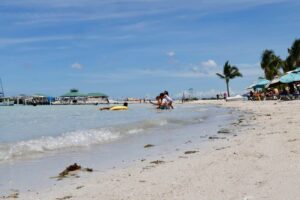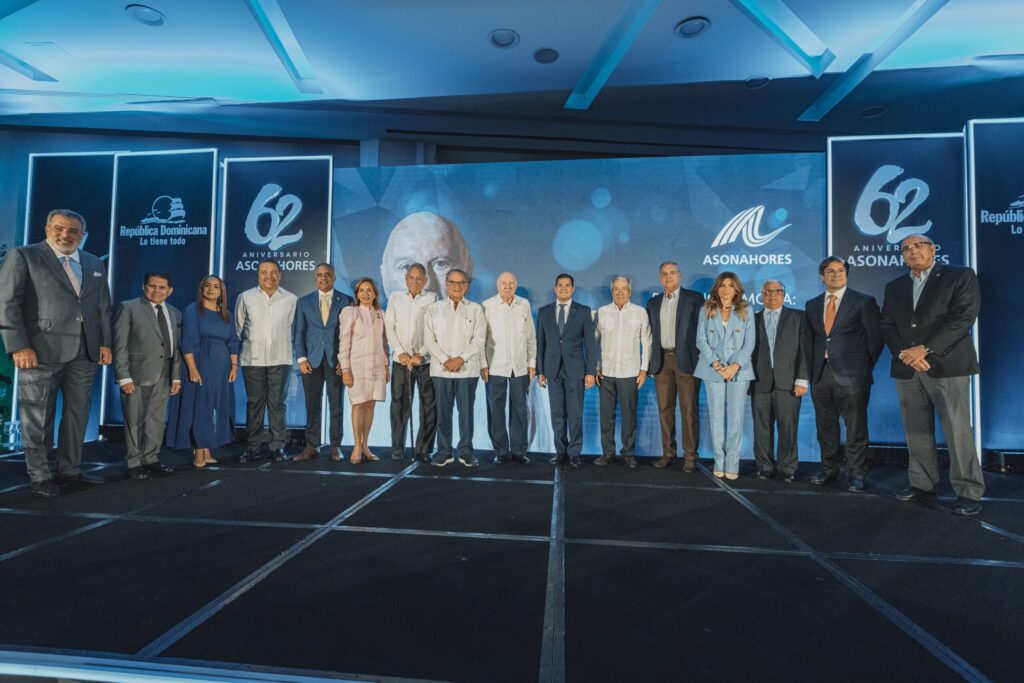
The Hotel and Tourism Association of the Dominican Republic (Asonahores) celebrated its 62nd anniversary with a panel called “Past, Present and Future of Tourism in the Dominican Republic”which highlighted the importance that incentives have had for the development of this industry throughout history.
 The event was chaired by the President of the Republic, Luis Abinader and the Minister of Tourism, David Colladowhich also highlighted the capacity of the country’s various tourist destinations to attract visitors, generate foreign currency and promote economic growth in the provinces and regions.
The event was chaired by the President of the Republic, Luis Abinader and the Minister of Tourism, David Colladowhich also highlighted the capacity of the country’s various tourist destinations to attract visitors, generate foreign currency and promote economic growth in the provinces and regions.
David Llibrepresident of Asonahores, stated that the tourism sector remains committed to the development of the national productive chain, with different initiatives and joint work with other associations in the business sector, hoping that more Dominicans will offer more and better goods and services.
“The tourism industry has generated a multiplier effect on the local economy, creating new business and employment opportunities. In 2022 alone, the Hotel sector accounted for a total of 139 billion pesos in purchases, of which we can mention: 6.7 billion in the agricultural sector, 28.2 billion in the industrial and construction sector and 104 billion in services, among others,” he said.
The event had a first panel consisting of Frank Rainierifounder and Chairman of Puntacana Group; Luis LopezCEO of Amhsa Marina Hotels & Resorts and Rafael “Papo” BlancoExecutive VP of Viva Resorts by Wyndham. Moderated by Henry of Marchena, managing partner of DMK Lawyers.
The second part was Ramon RosselloCEO of Inverotel; Rafael Blanco Tejera, President of ProInversion; Javier Tejada, CEO and Managing Director of United Capital Stock Exchange. Moderated by Aguie Lendor, Executive Vice President of Asonahores.
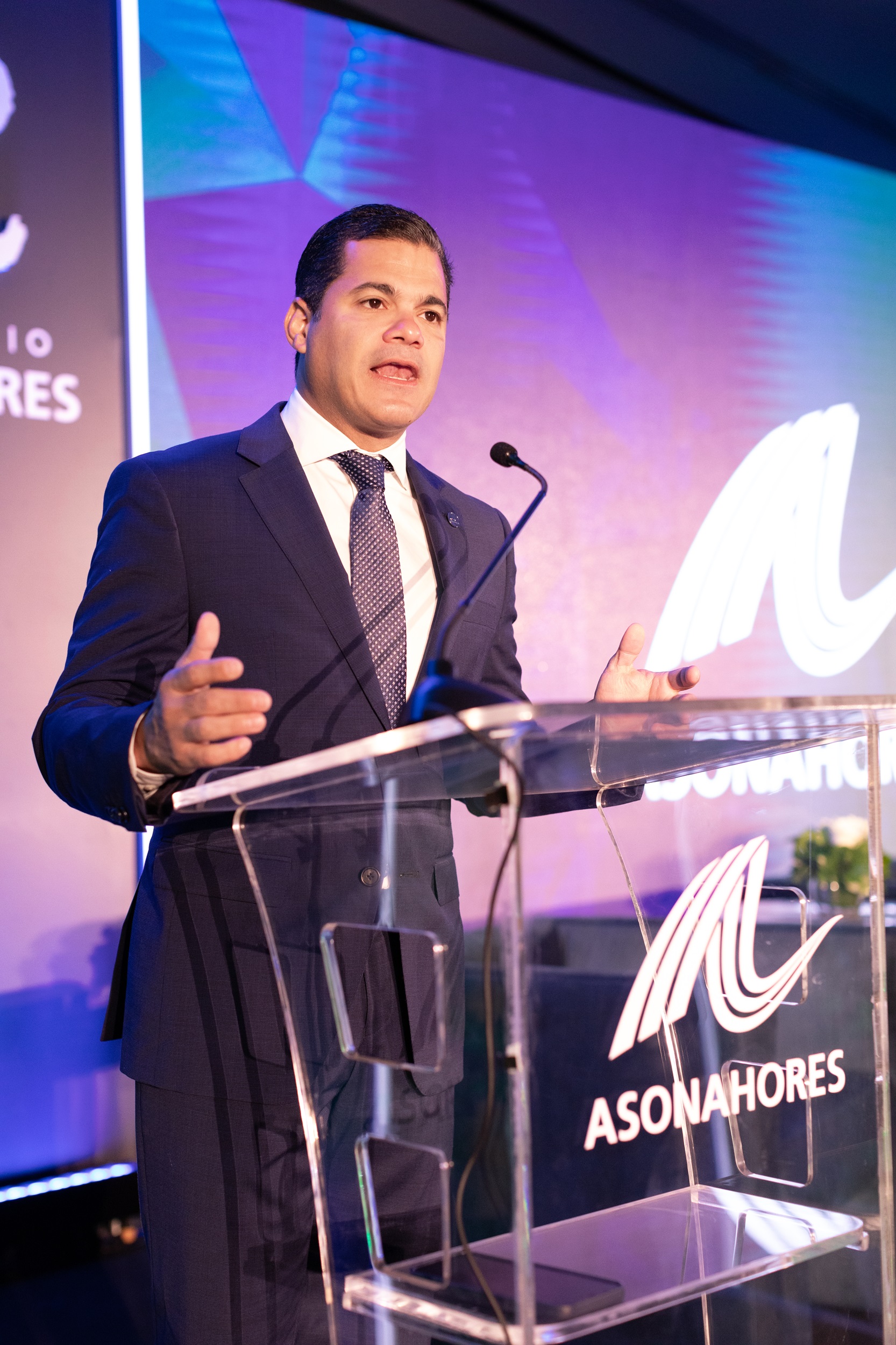 Asonahores highlighted that the accumulated foreign direct investment from 2013 to 2023 was US$8,732 million, showing a growth of 361%, being US$1,182 million for the year 2023 alone, making tourism the fundamental pillar of the Dominican economy, representing 19% of the GDP in a direct, indirect and induced manner by 2022, translating into some US$22 billion.
Asonahores highlighted that the accumulated foreign direct investment from 2013 to 2023 was US$8,732 million, showing a growth of 361%, being US$1,182 million for the year 2023 alone, making tourism the fundamental pillar of the Dominican economy, representing 19% of the GDP in a direct, indirect and induced manner by 2022, translating into some US$22 billion.
“The tourism industry contributes 10% of the country’s tax revenue and generates 18% of total employment, which is equivalent to approximately 721,912 jobs, thus changing the lives of thousands of Dominicans, especially those in less developed areas. It is the second largest generator of foreign currency, with an average daily expenditure of 139.19 dollars for Hotel guests and 116.3 dollars for cruise passengers,” they said.
They expressed that as a sector they have the vision of achieving 15 million tourists by the year 2030. To do so, they need more Hotel rooms, increased air connectivity, and continued development of the country’s new tourist centers, including the relaunch of Puerto Plata with the new project Brigantine Pointas well as the development of the entire south with the launch of the project in Red Cape in Flintscontinue to push the destiny Miches and Samana.
Asonahores explained that the competitive structure they currently have will allow for continued investment in the sector, job creation, foreign currency and the economic revitalization of other sectors in the country.

